
Sherman Hill is one of the landmarks on the transcontinental railroad. It was the first major obstacle for the railroad as it headed west. It’s the highest point on the first transcontinental railroad with the original summit topping out at 8,247 feet above sea level. A 1901 line change shaved over 200 feet off the […]
Read More…
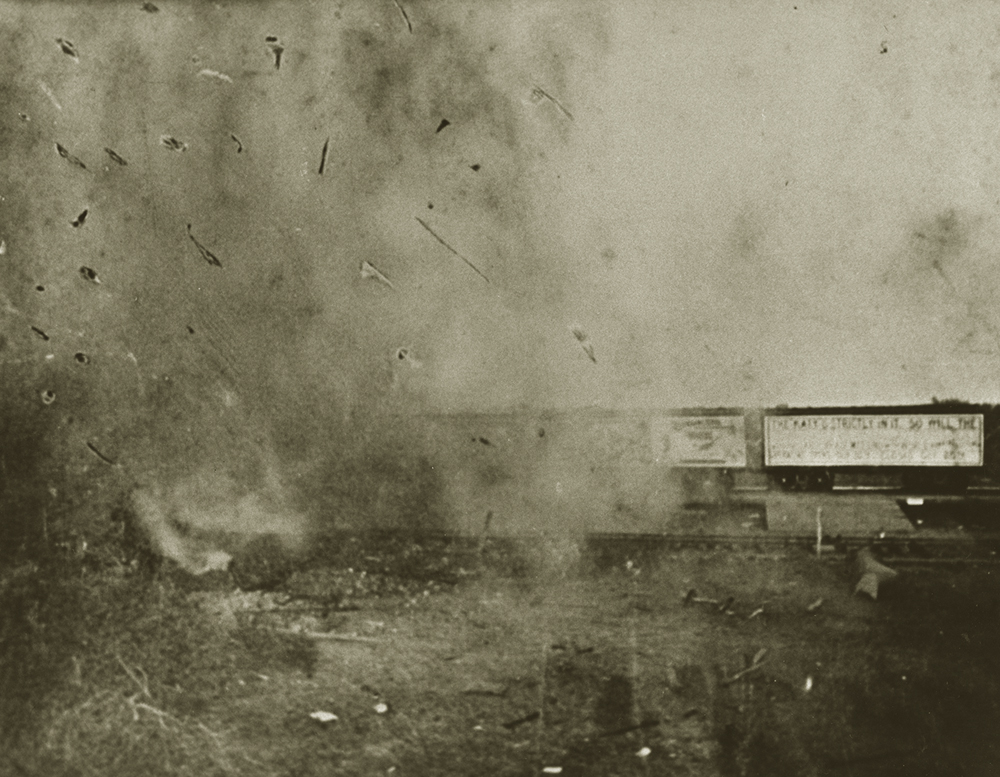
Crash at Crush history “Crash at Crush” turns up thousands of Google search results. Many of these point to the fateful publicity stunt that killed three people and injured more in 1896. What was William Crush thinking the day he thought up a staged train wreck in Texas? Here was a quiet man who went […]
Read More…

The year 1946, when both the A.C. Gilbert Co. and the Lionel Corp. brought out their first full lines of electric trains for the postwar era, saw both heralding new locomotives equipped with a mechanism capable of producing smoke. Another milestone in the quest to market more realistic miniatures had been achieved. Truth be told, […]
Read More…
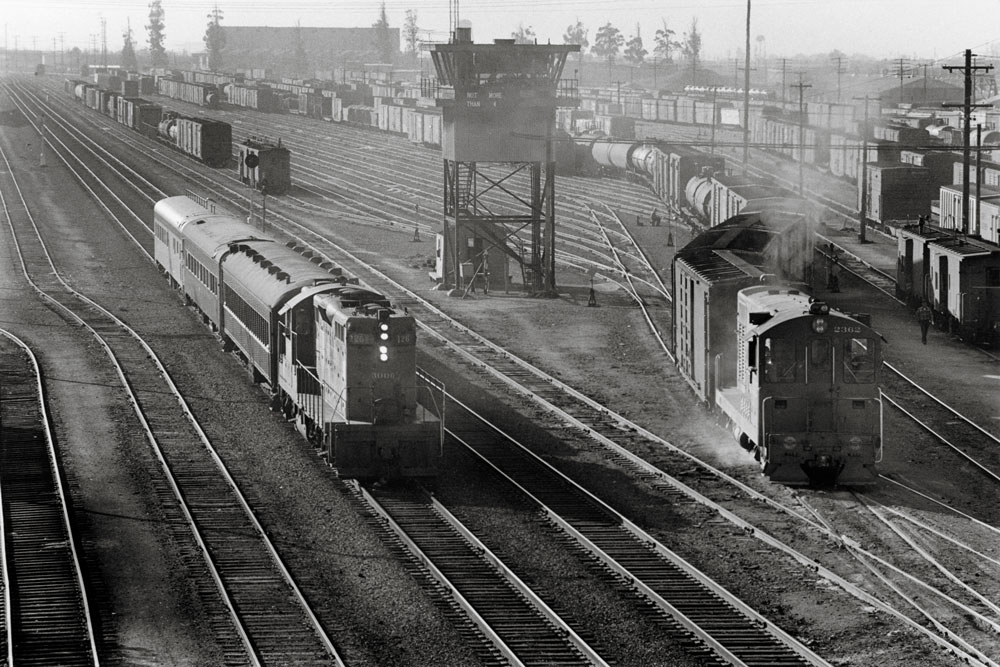
I was hired as a yard clerk for the Southern Pacific in San Jose, Calif., in April 1960. On my first day, I was ushered into the general yardmaster’s office and given a short talk on safety. The general yardmaster, an old head named Ralph Fanning, stood behind his desk and regarded me suspiciously. […]
Read More…

The Amtrak passengers who come and go from train No. 7 at Havre, Mont., are likely on their way out the parking lot long before they notice the statue at the foot of Third Avenue. That’s a shame. Virtually everything they see, in all directions, can be traced to that stout Canadian immigrant standing sentinel. […]
Read More…
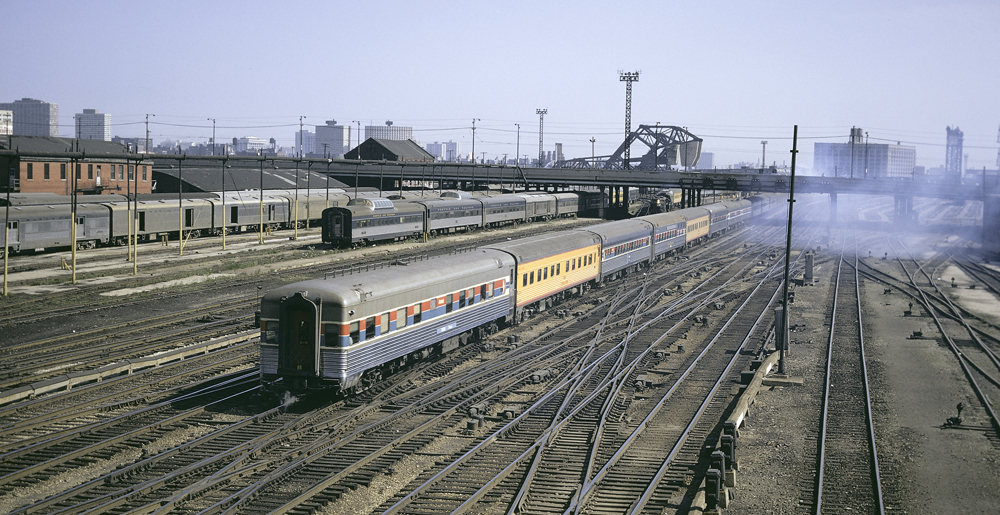
While the Russians were staging their annual parade in Moscow’s Red Square on May Day 50 years ago, Amtrak was born at Washington’s L’Enfant Plaza. The company came into the world under a death sentence known only by a select few in the railroad industry and the Nixon White House. The plan was to create […]
Read More…

The evolution of miniature locomotives has been long and steady for more than a century. The beginning, of course, involved using electricity to enable them to move without being touched. Next came the introduction of functioning lights to models of steam and electric engines as well as to trolley and motorized units. Everything that had […]
Read More…

History of the Baldwin classification system The Baldwin classification system originated in 1842, when Asa Whitney was a partner of M.W. Baldwin and continued in use until 1938. The system was based on use of a letter to designate the number of pairs of driving wheels on a steam locomotive. The letter A designated a […]
Read More…
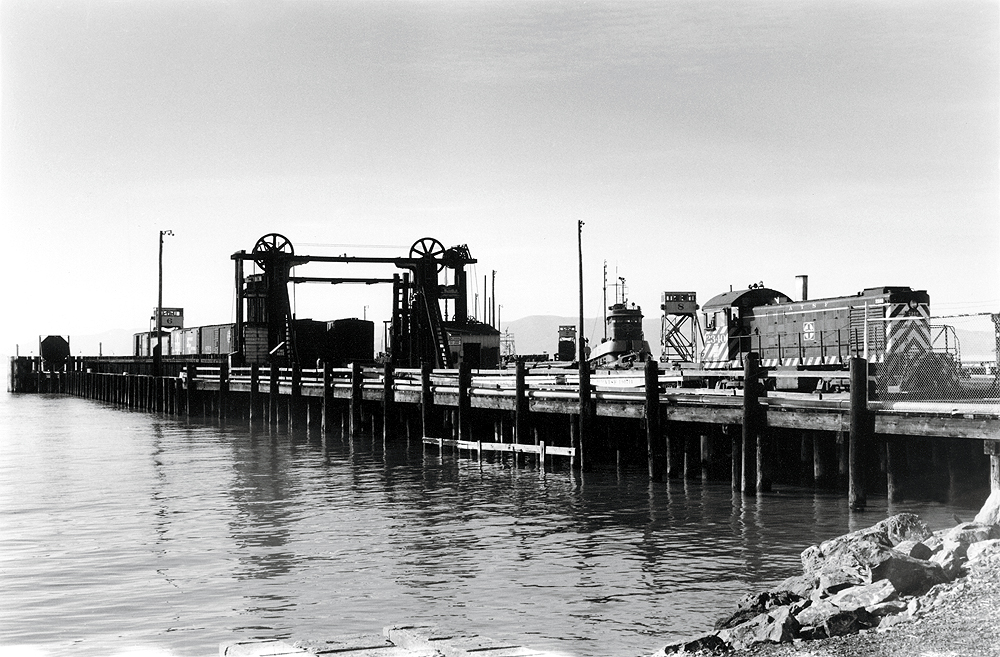
Atchison, Topeka & Santa Fe’s dock at Ferry Point outside of San Francisco burned May 4, 1984. I was on the job in 1984 and remember the fire vividly. The Santa Fe ceased tug-and-barge service across the San Francisco Bay shortly after. When I hired out in the mid-1970s, west end jobs were responsible for […]
Read More…
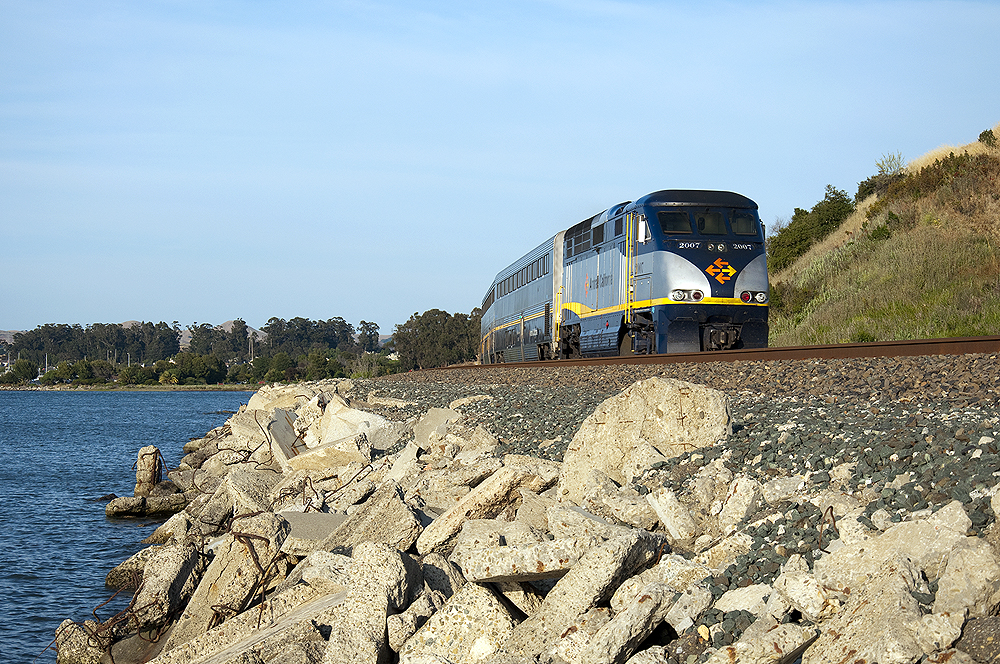
I decided to make history repeat itself in August 2000, when my son, Liam, was 4. I wanted Liam to experience a train ride that I took with my grandfather 50 years ago. My grandfather had taken me on passenger trains from the San Francisco Bay Area to the San Joaquin Valley town of Merced, […]
Read More…

Last fall, Editor Jim Wrinn posed a few questions to retired CSX Chairman Hays Watkins. Living in retirement in Virginia, Watkins answered by email. Here’s what he wrote us about his own experiences, Amtrak, precision scheduled railroading, and other issues of the day. The text has been lightly edited for style or clarity. What’s the […]
Read More…

Lionel porthole caboose origins Lionel’s designers and marketers took significant steps in 1953 to expand and upgrade its roster of O gauge rolling stock. They introduced near-scale freight cars, notably larger and more realistic boxcars and a flatcar. They brought out for the first time a triple-dome tank car. And they distinguished the line with […]
Read More…












